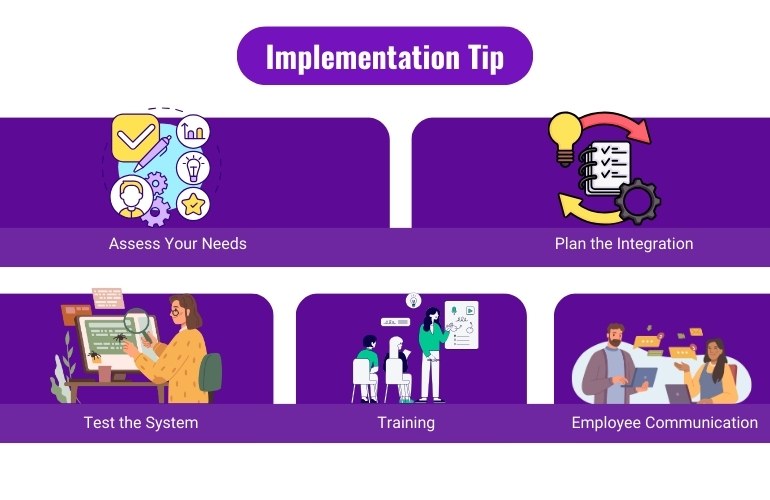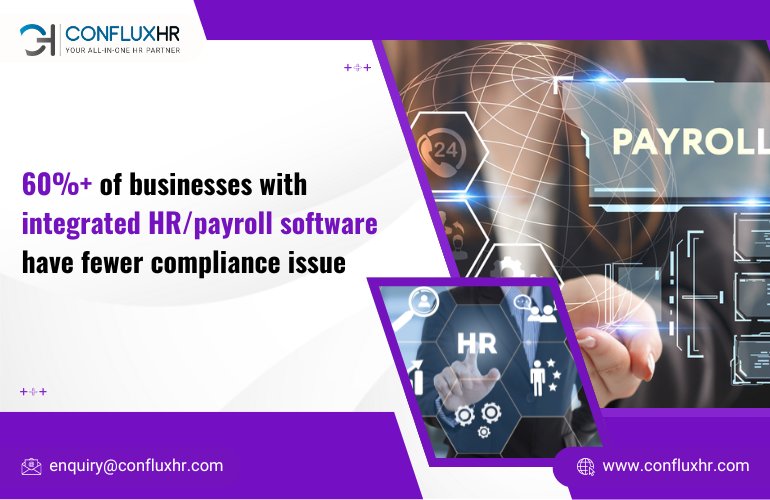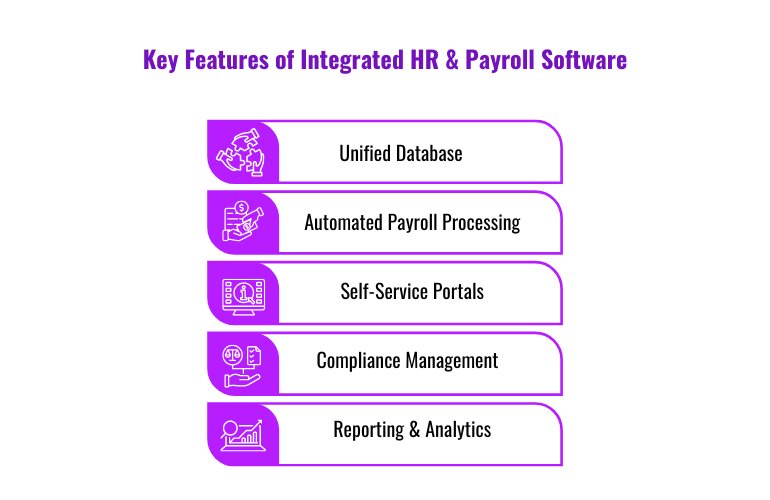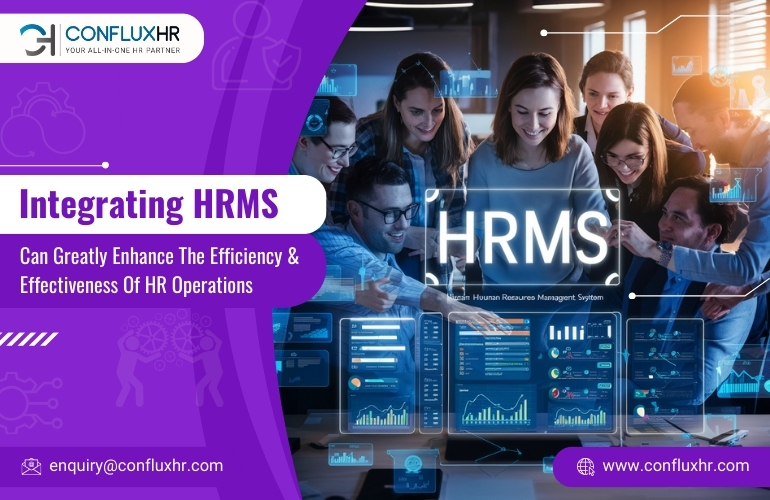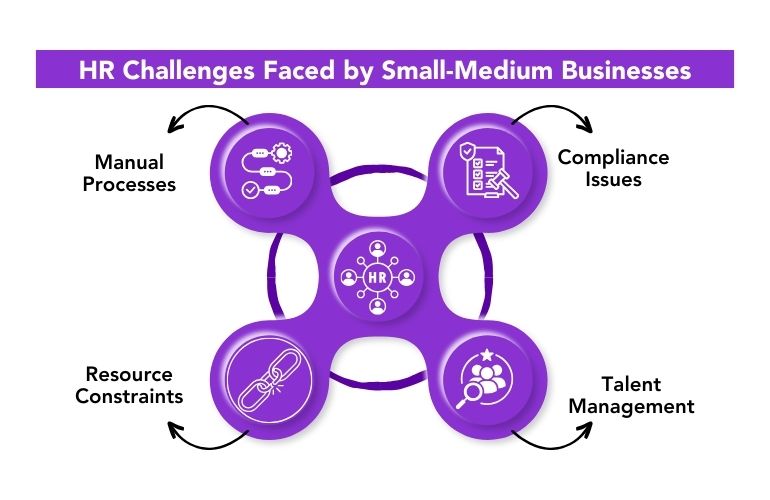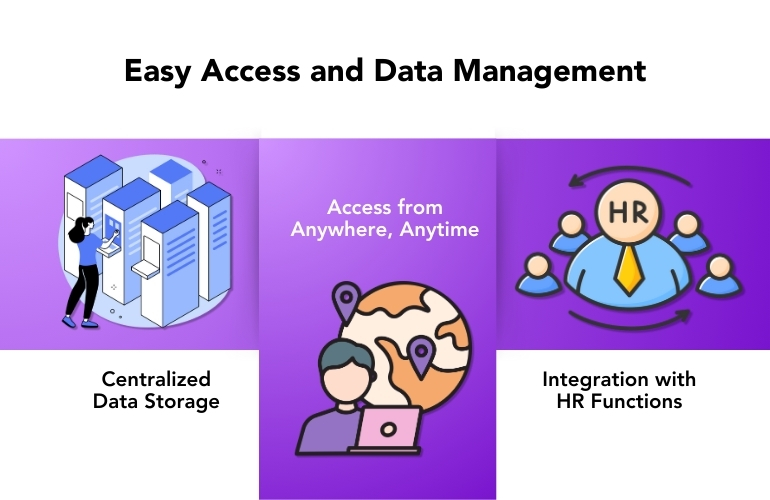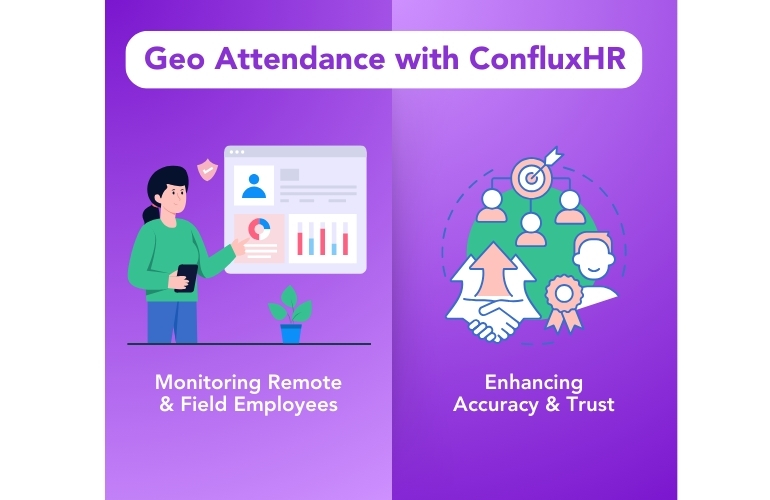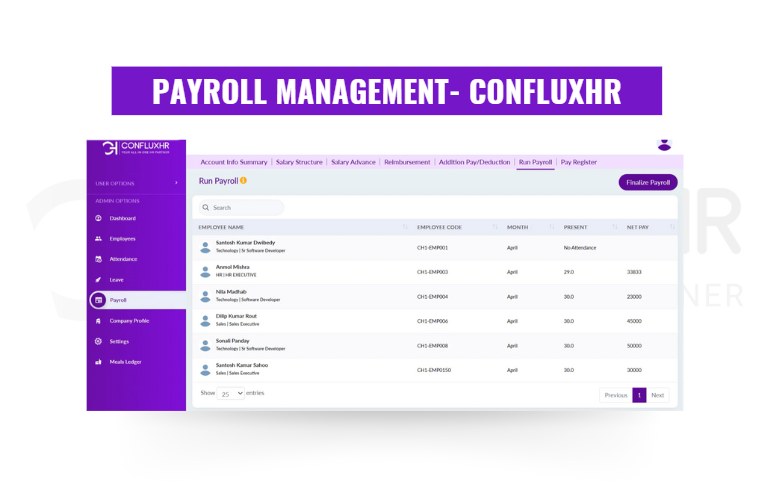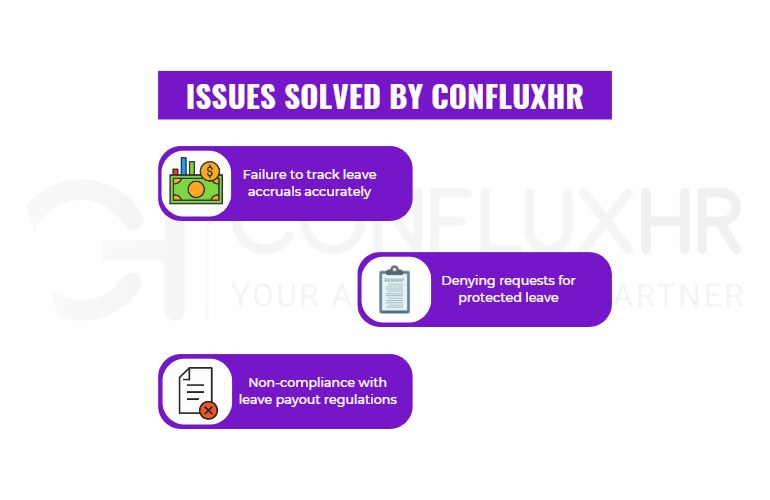Have you ever considered the impact of a well-structured payslip on your employees’ satisfaction and compliance? It’s more significant than you might think! Payslips are not just pieces of paper detailing salary breakdowns; they are vital tools that reinforce transparency and trust between employers and employees. Moreover, accurate payslips are essential for legal compliance, ensuring that all deductions and contributions are correctly recorded and reported.
But managing payroll and generating payslips can be a daunting task, especially for growing businesses. This is where payslip generation software steps in, transforming a tedious process into a seamless, efficient, and error-free task. Let’s dive into what makes great payslip software and explore some top picks to consider.
Key Features: What to Look for in Payslip Software
When selecting payslip software, knowing what features to look for to ensure it meets your business needs is essential. Here are some must-have features:
- Accuracy and Compliance: Your software must accurately calculate earnings, deductions, taxes, and other contributions. It should also adhere to local labor laws and tax regulations to avoid any legal issues.
- Customization: Every business is unique, so your payslip software should allow customization. This includes adding company logos, adjusting layout formats, and including specific fields relevant to your business.
- Ease of Use: The software should be user-friendly, with an intuitive interface that simplifies payroll management. This reduces the learning curve and minimizes errors during payroll processing.
- Integration: Look for software that integrates seamlessly with your existing HR and accounting systems. This ensures data consistency and reduces the time spent on manual data entry.
- Security: Payroll data is sensitive, so robust security features are a must. Ensure the software offers encryption, secure access controls, and regular backups to protect your data.
- Employee Self-Service: Allowing employees to access their payslips online can save time and increase transparency. This feature enables employees to view and download their payslips at their convenience.
Top Picks: A Comparison of Leading Payslip Software
Now that we know what to look for, let’s compare some of the top payslip software options available today.
- ConfluxHR:
ConfluxHR stands out as a premier choice for payslip generation. It offers all the key features mentioned above, along with a few unique advantages:
- Advanced Customization: Tailor payslips to reflect your brand and meet specific business needs.
- Seamless Integration: Integrates effortlessly with your existing HRMS and accounting systems.
- User-Friendly Interface: Designed to be intuitive, making payroll processing a breeze.
- Enhanced Security: Provides top-notch security measures to protect sensitive payroll data.
- Employee Self-Service Portal: Empowers employees to access their payslips anytime, anywhere.
- Gusto:
Gusto is another excellent option known for its comprehensive payroll services:
- Full-Service Payroll: Manages everything from calculating wages to filing taxes.
- Benefits Management: Integrates with various benefit programs, enhancing employee satisfaction.
- Compliance: Ensures compliance with local, state, and federal regulations.
- User-Friendly: Easy to navigate, making payroll processing straightforward.
- Other Noteworthy Mentions:
- ADP: Known for its robust payroll solutions and extensive features.
- QuickBooks Payroll: Ideal for small to medium-sized businesses looking for a straightforward solution.
- Zenefits: Combines HR, payroll, and benefits management in one platform.
Implementation Tips: How to Integrate Payslip Software into Your HR System
Implementing payslip software can be smooth if you follow these tips:
- Assess Your Needs: Determine what features are most important for your business and choose software that best meets those requirements.
- Plan the Integration: Work with your IT team to plan the integration process. Ensure that all necessary data is backed up and that there is minimal disruption to your existing systems.
- Training: Provide comprehensive training for your HR and payroll staff to ensure they are comfortable using the new software.
- Test the System: Before fully rolling out the software, conduct a thorough test to identify and resolve any issues.
- Employee Communication: Inform your employees about the new system and how they can access their payslips. Provide guides or tutorials, if necessary.
Conclusion
Streamlining payslip management with the right software not only saves time and reduces errors but also enhances employee satisfaction and ensures compliance. Among the top options, ConfluxHR stands out due to its advanced customization, seamless integration, user-friendly interface, and robust security features. By choosing ConfluxHR, you can revolutionize your payroll process and enjoy the peace of mind that comes with accurate and efficient payslip management. Embrace the future of payroll with ConfluxHR and take your business to the next level!




